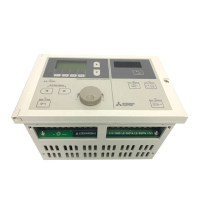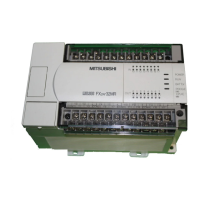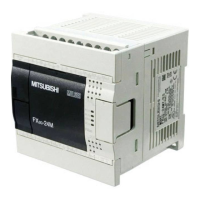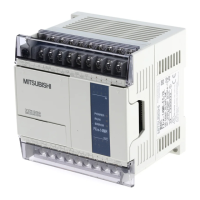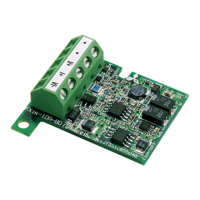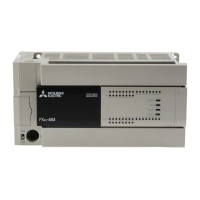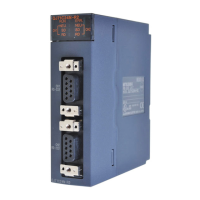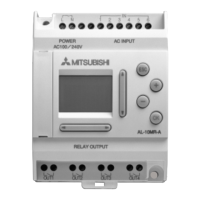270
5.9 Pointer (P)
The pointer (P) is a device used in jump instructions (CJ, SCJ, or JMP) or subroutine call instructions (such as CALL).
Pointers can be used in the following applications.
• Specification of the jump destination in a jump instruction (CJ, SCJ, or JMP) and a label (start address of the
jump destination)
• Specification of the call destination of a subroutine call instruction (CALL or CALLP) and a label (start
address of the subroutine program)
There are the following two different pointer types.
• Local pointer:
The pointer used independently in each program
• Common pointer:
The pointer that can be called in all running programs by the subroutine call instruction.
The number of points available for the pointer is 4096.
For the jump instructions and subroutine call instructions, refer to the following.
MELSEC-Q/L Programming Manual (Common Instruction)
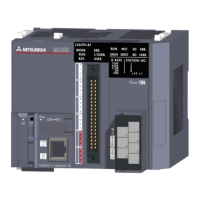
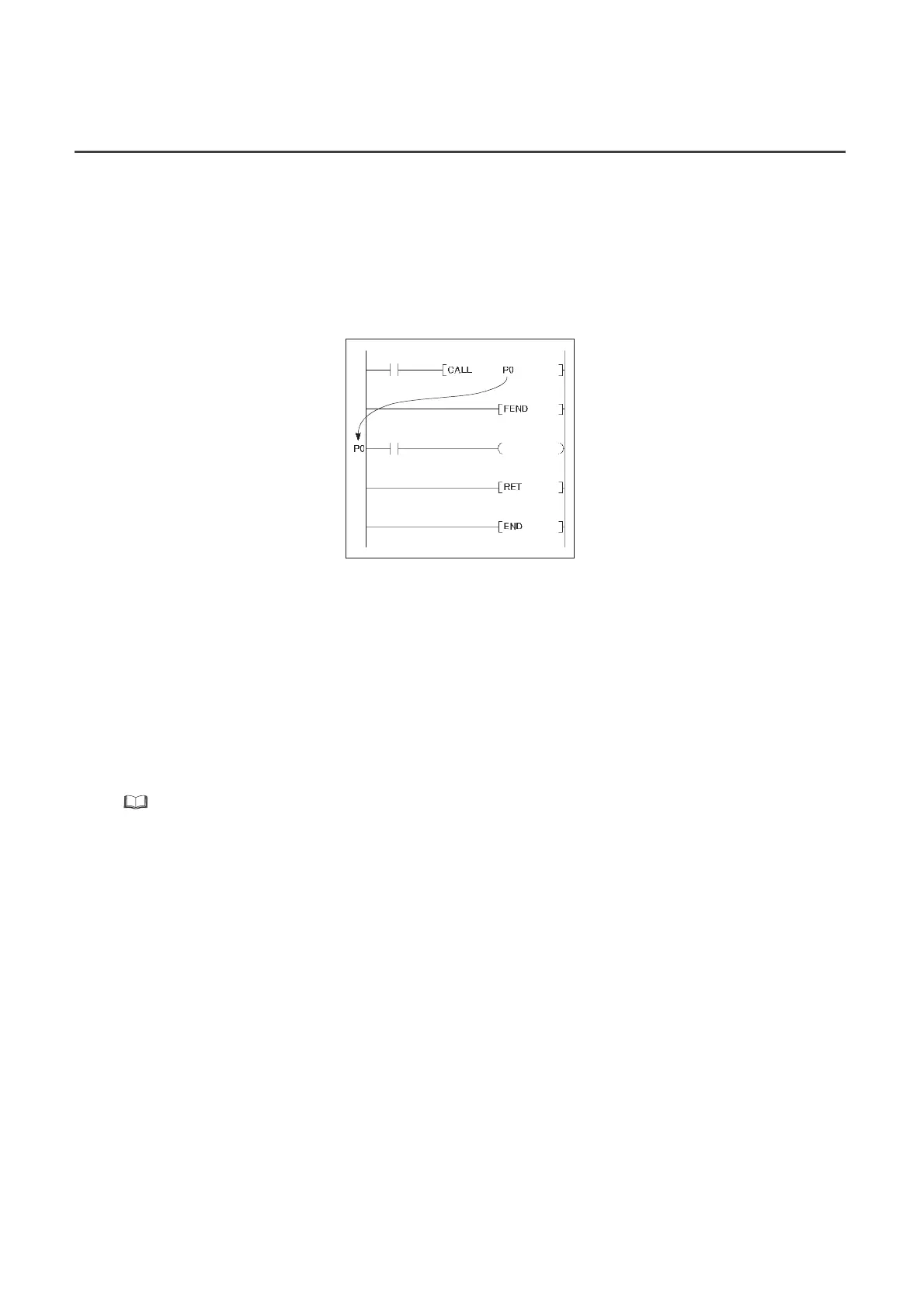